Desired Moisture Content Of Firewood
windslam
12 years ago
Featured Answer
Sort by:Oldest
Comments (12)
mainegrower
12 years agowindslam
12 years agoRelated Professionals
Birmingham Interior Designers & Decorators · Glenbrook Interior Designers & Decorators · Goodlettsville General Contractors · Pooler General Contractors · Broadview Heights General Contractors · Channelview General Contractors · Jackson General Contractors · Mashpee General Contractors · Newington General Contractors · Roseburg General Contractors · Selma General Contractors · The Hammocks General Contractors · Romeoville Lighting · Saint Petersburg Lighting · Westmont Lightingwindslam
12 years agojanoyan
10 years agochristopherh
10 years agonwwoman
10 years agoBig-Name Landscaping
8 years agoChristopher_H
8 years agolast modified: 8 years agojrb451
8 years agojlelwica
7 years agoCharles Killian
6 years ago
Related Stories

HOUSEKEEPINGHow to Clean Your Fridge, Inside and Out
Keep your refrigerator clean and fresh, while you gain storage space and lose those ‘UFOs’
Full Story
GARDENING AND LANDSCAPINGWhat to Know Before You Buy Teak Outdoor Furniture
Learn about finishes, weathering, care and that age-old oil debate to get the teak furnishings that suit you best
Full Story
GREEN BUILDINGOff the Grid: Ready to Pull the Plug on City Power?
What to consider if you want to stop relying on public utilities — or just have a more energy-efficient home
Full Story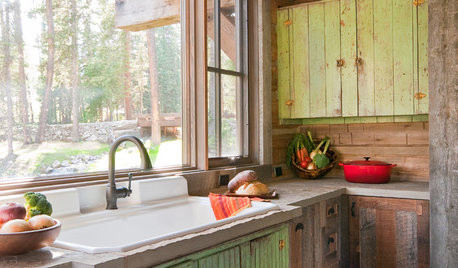
WINDOWSKitchen Windows: 13 Classic and Creative Ideas
Big and tall, long and low, in an unexpected spot ... these ways with kitchen windows offer plenty of possibilities
Full Story
GREEN BUILDINGWhy You Might Want to Build a House of Straw
Straw bales are cheap, easy to find and DIY-friendly. Get the basics on building with this renewable, ecofriendly material
Full Story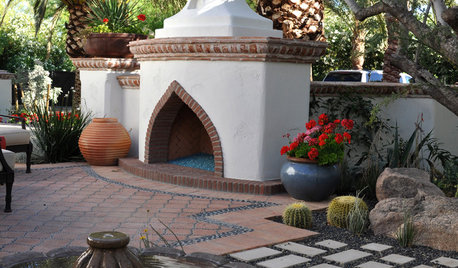
GARDENING GUIDESCreate a Fire-Safe Garden — With Style
Defend your home against wildfire with a well-planned mix of plants, materials and open space
Full Story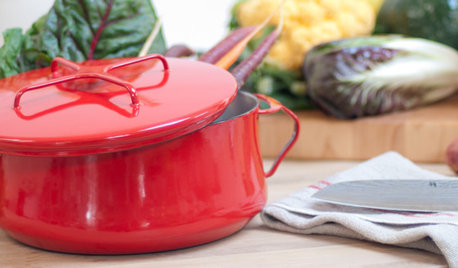
SHOP HOUZZHouzz Products: Stock Your Kitchen for Autumn
Serve hearty meals with a side of style by gathering up these fall-perfect pots, linens, serving pieces and kitchen tools
Full Story
GREAT HOME PROJECTSWhat to Know About Adding a Reclaimed-Wood Wall
Here’s advice on where to put it, how to find and select wood, what it might cost and how to get it done
Full Story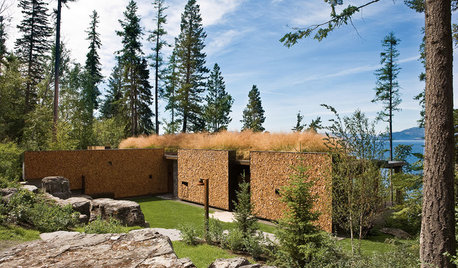
MODERN HOMESHouzz Tour: A Modern Take on a Montana Log House
Multiple buildings form a vacation compound that's more like environmental art than architecture
Full Story
BASEMENTSDesign Workshop: Is It Time to Let Basements Become Extinct?
Costly and often unnecessary, basements may become obsolete — if they aren’t already. Here are responses to every reason to keep them around
Full Story







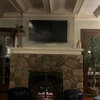

mainegrower